To compile a recipe book is a type of collecting. Those volumes that endure have a feeling for the history of culinary traditions, for the provenance of ingredients and dishes, for the intergenerational transfer of knowledge. Anna Del Conte’s The Classic Food of Northern Italy (1995) is as much commentary as instruction manual; alongside recipes, Claudia Roden’s The Book of Jewish Food (1996) includes archival images that relate to nosh from across the Jewish diaspora. I keep Jane Grigson’s Vegetable Book (1978) next to the stove, largely so that I can read essays about artichoke or avocado history while waiting for a pot to boil.
The Videoart at Midnight Artists’ Cookbook represents a type of collecting, too – albeit one that is more indiscriminate, by nature, than the examples I’ve mentioned. The publication marks the 10th anniversary of ‘Videoart at by Midnight’, an event that takes place once a month in the Babylon cinema in the Mitte district of Berlin, at which a single artist is invited to screen works in front of a captive audience (unlike in a gallery or museum, where visitors drift in and out). The art dealer Olaf Stüber, one of the founders of the programme, has with his son Anton gathered together recipes solicited from 80 artists, many of whom have had a slot at the Babylon and all of whom ‘have come from all over the world to live and work in Berlin’. The Stübers reproduce the recipes ‘as authentically as possible’ – no standardised measuring system here – but have also cooked all of those that are practicable, illustrating each dish with a photograph by Anton.
There is some truth to the idea that contemporary art fanciers and dealers collect artists as much as their work. What makes this book an engaging curiosity, then, is the sense of a pas de deux between the Stübers and their chosen artists, with the former following the latters’ steps, however vague or esoteric. You could see it as a type of correspondence art, published at a time when many of us are prohibited from breaking bread with friends or family: the compilation and execution of these recipes as a way of imagining conviviality.
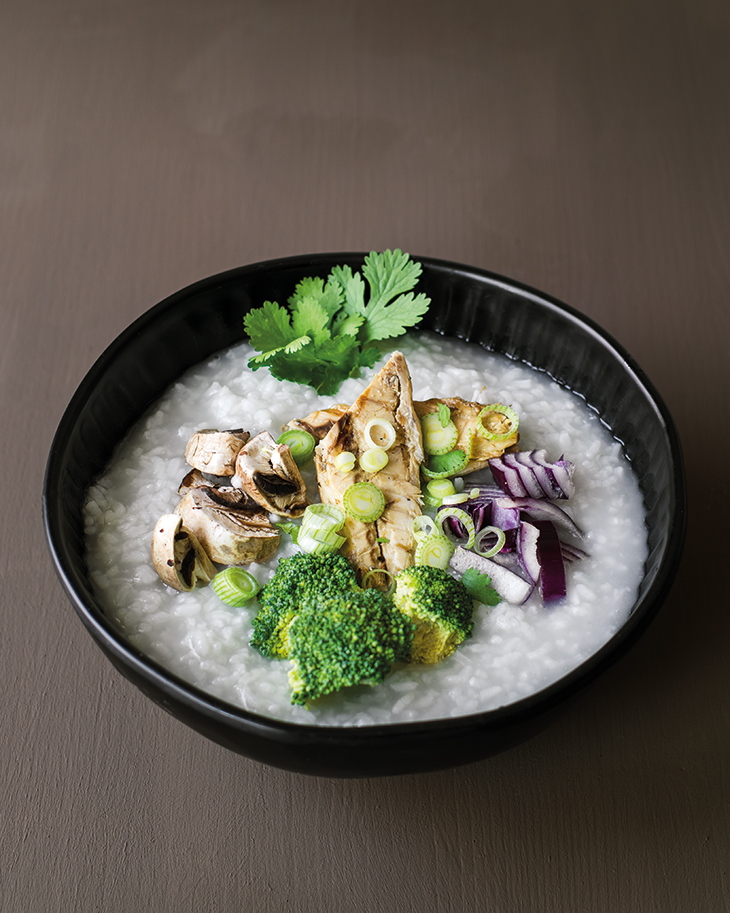
Ming Wong’s ‘Berliner Brei’, or congee with canned fish. Photo: © Anton Stüber
Do we learn anything about the artists or their art from the recipes? Although many of the entries are offered in earnest, and accompanied with statements of their biographical significance to any given artist, others are provocative or knowingly performative. Douglas Gordon declines to give a recipe for Cullen skink, his contribution instead marked by a photo essay that shows him dicing onions and dishing up. Ulu Braun’s instructions for ‘Teenie Toast Hawaii’ are printed as a screenshot in German from his research into ‘edible and inedible’ dishes that appeared on the nascent internet of the 1990s. Mathilde ter Heijne gives us a spell for a love potion to ‘serve chilled at an exhibition opening, for example’; Joep van Liefland, a drawing of a Molotov cocktail (which also ‘works pretty well with whiskey’).
It is perhaps a stretch to think too hard about how far the passing of time in many of these recipes is a reflection of the durational nature of video art. But their unanticipated time-frames, whether drawn out or hurried, do disrupt the familiar genre of the written recipe. For Antje Majewski’s recipe for roasted vegetables, which includes the instruction to ‘remove snails’, ‘you should start with the preparation […] in November of the preceding year’. Ming Wong’s ‘Berliner Brei’ (congee with canned fish) is ‘“survival food” for a video artist who is busy editing and has no time to go to the shops, no time to cook or wash up’.
All in, the book is an intriguing reminder of how any group of people, video artists or not, will hold wildly differing perspectives on food and what it means to them. For some, it anchors their identity to family or friends, to childhood or homeland; for others, it is an expression of individualism, of play or of politics (until the ‘right chicken’ has been sourced, Ulf Aminde writes, ‘the recipe cannot continue’). In its range and sportiveness, the book certainly refutes one of its more apathetic contributors, Erik Bünger: ‘Of all things boring, food tops the list of the least interesting things to think about in life.’ Erik, you can keep your beetroot cheese salad for yourself.
The Videoart at Midnight Artists’ Cookbook is published by Kerber.
From the December 2020 issue of Apollo. Preview and subscribe here.
Unlimited access from just $16 every 3 months
Subscribe to get unlimited and exclusive access to the top art stories, interviews and exhibition reviews.

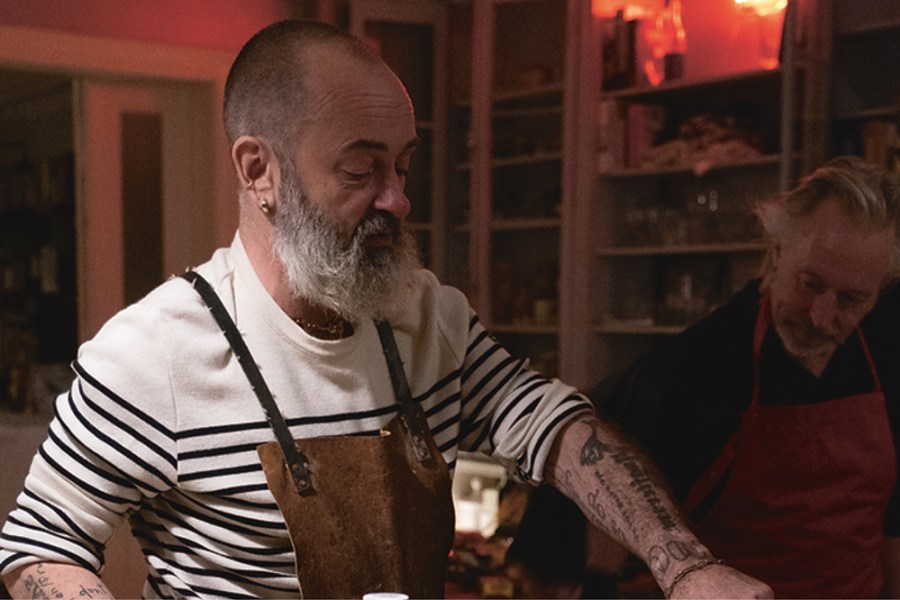
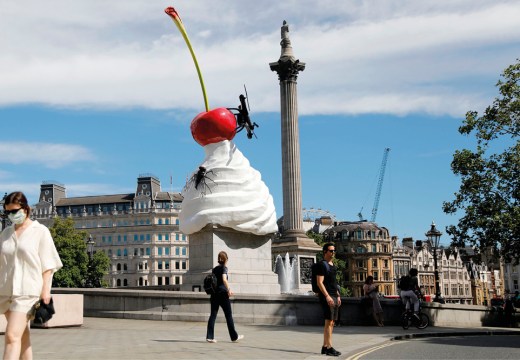
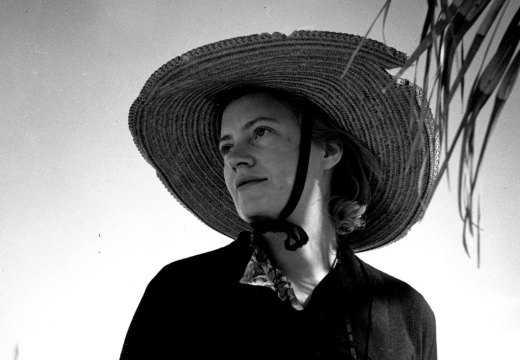
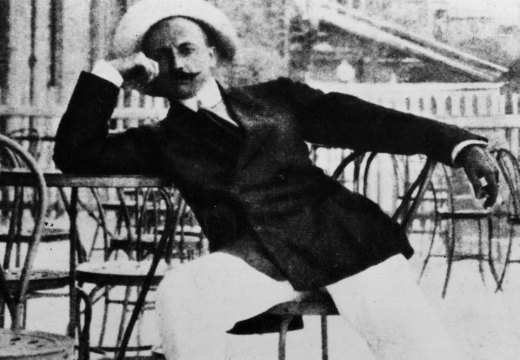









![Masterpiece [Re]discovery 2022. Photo: Ben Fisher Photography, courtesy of Masterpiece London](http://www.apollo-magazine.com/wp-content/uploads/2022/07/MPL2022_4263.jpg)
Has arts punditry become a perk for politicos?